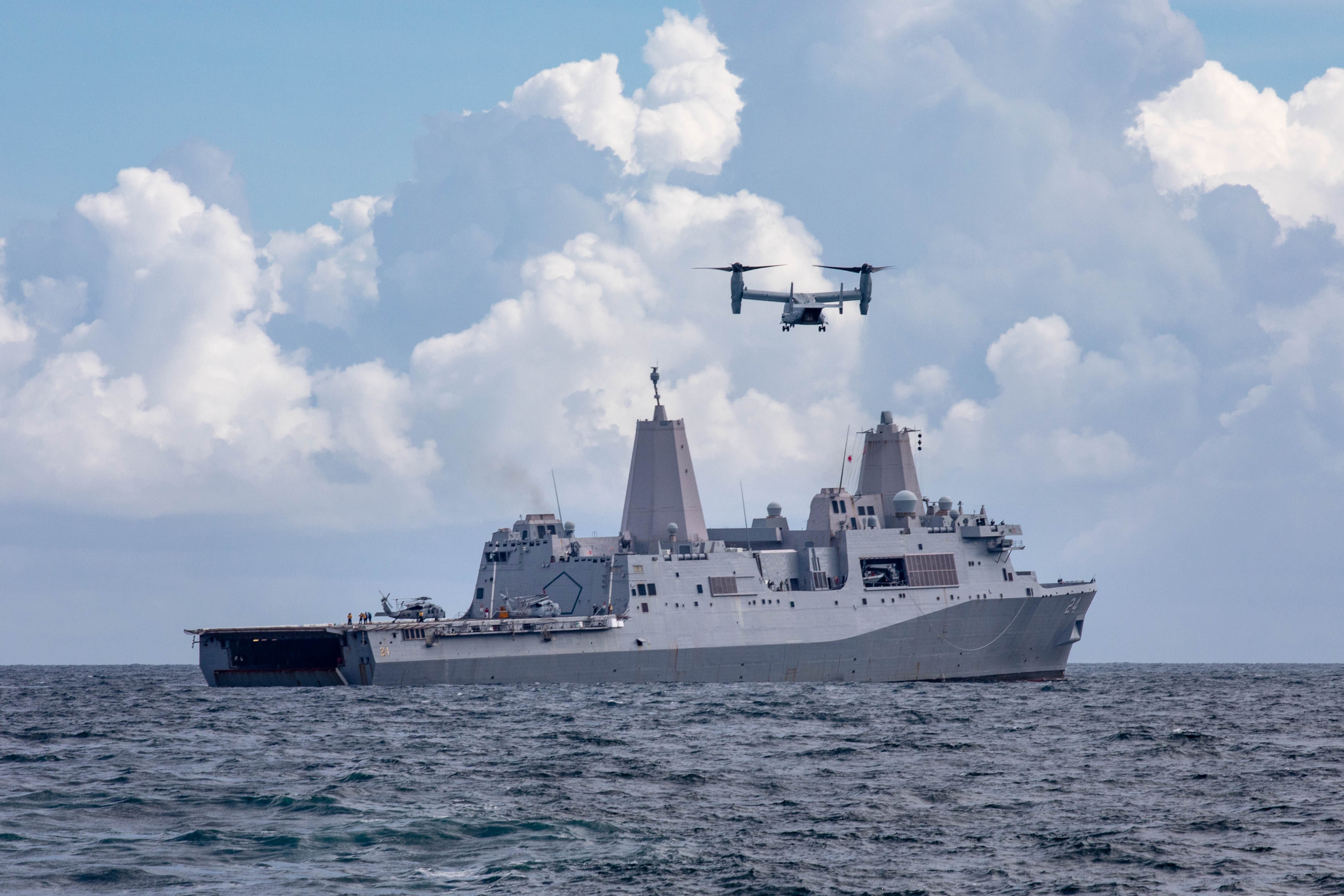Only 19 of the 39 Coast Guard units based in the Pacific Northwest have developed tsunami evacuation plans, despite the region being prone to such dangers, a recent government watchdog report found. And with no standard in place, even units with written protocols showed significant inconsistencies in what evacuating Coast Guard personnel and families would entail.
The report, released Sept. 7 by the Government Accountability Office, addresses these planning gaps while pushing the Coast Guard to better safeguard its personnel against maritime emergencies.
RELATED

Beginning in May 2021, the GAO visited 10 Coast Guard units in District 13 — which spans the coasts of Oregon and Washington — of which eight had written tsunami evacuation plans.
According to the report, a major earthquake in the area could lead to tsunami waves that reach up to 80 feet and crash into the coastline as quickly as 10 to 30 minutes later, significantly impacting the roughly 3,000 troops and service employees stationed in the region.
A major fault line off the coast of the Pacific Northwestern states — the Cascadia subduction zone — has drawn even greater concern from the Federal Emergency Management Agency, which estimates there is nearly a 40% chance that a magnitude seven earthquake or greater will occur there in the next 50 years.
“According to FEMA planning documents, subduction zones produce some of the world’s largest earthquakes,” the report said.
The threat of such devastation draws reminders of the destruction brought to Haiti in 2021. Earthquakes of similar magnitude also struck near Joint Base Elmendorf-Richardson in Alaska in 2018 and Naval Air Weapons Station China Lake in 2019.
The GAO concluded its report with recommendations that Coast Guard leadership ensure coastal units in the Pacific Northwest develop location-specific evacuation plans, provide guidance to those units on protocols and put the aforementioned plans to practice.
The Department of Homeland Security concurred with the recommendations.
“The Coast Guard is committed to making continual improvements to enhance the safety and protection of all personnel and dependents should a tsunami event occur in the Pacific Northwest region of the United States,” Homeland Security’s Jim Crumpacker said in an August letter to the GAO.
Crumpacker’s letter, however, noted that the Coast Guard does not anticipate providing guidance or having its District 13 units develop written plans until at least 2025. In turn, training based on those plans would be unlikely until 2026.
The Coast Guard’s 13th District Public Affairs team could not be immediately reached for comment.
Jonathan is a staff writer and editor of the Early Bird Brief newsletter for Military Times. Follow him on Twitter @lehrfeld_media





